Betty Boop: The Iconic Cartoon Siren of the Jazz Age (Made with chatgpt)
Betty Boop: The Iconic Cartoon Siren of the Jazz Age (Made with chatgpt)
Introduction
Betty Boop, the iconic animated character, is an enduring symbol of the Jazz Age and a beloved figure in animation history. Created by Max Fleischer and first introduced in the early 1930s, Betty Boop is known for her distinctive style, memorable voice, and unique place in pop culture. This essay explores the origins, evolution, cultural significance, and impact of Betty Boop as a cultural icon.
The Birth of Betty Boop
Betty Boop made her debut in the cartoon "Dizzy Dishes" in 1930 as a supporting character in the Fleischer Studios' Talkartoon series. She was initially envisioned as a dog-like character but quickly evolved into a human-like figure. Her trademark features, such as the oversized head, big eyes, and distinctive voice, began to take shape.
Betty's persona was influenced by the flapper culture of the 1920s, characterized by its liberated and carefree attitude, and the Jazz Age's energetic spirit. She became a symbol of youthful exuberance, with a style that blended the innocence of youth with the sensuality of the era.
Betty's Iconic Image and Style
One of Betty Boop's defining characteristics is her iconic appearance. Her short bobbed hair, short dresses, and high heels epitomized the fashion trends of the time. Her exaggerated curvaceous figure, inspired by performer Helen Kane, set her apart from other animated characters and made her a sex symbol of the era.
In addition to her appearance, Betty Boop's distinctive voice, provided by voice actress Mae Questel, was pivotal in shaping her character. Her distinctive "boop-oop-a-doop" catchphrase became synonymous with her persona.
Cultural Impact
Betty Boop's popularity skyrocketed in the early 1930s, making her one of the first animated characters to gain widespread recognition. Her animated shorts, including classics like "Boop-Oop-a-Doop" and "Betty Boop in Snow-White," became immensely popular and drew audiences to theaters.
Betty Boop's appeal extended beyond animation. She became a cultural phenomenon, influencing fashion, music, and advertising. Her image graced countless products, from dolls to merchandise, and her songs, such as "I Wanna Be Loved by You," became jazz standards.
Betty Boop's Evolution and Legacy
As the animation industry evolved, Betty Boop underwent changes to adapt to shifting cultural norms and censorship regulations. Her character transitioned from a flirty, carefree young woman to a more wholesome and family-friendly figure.
Despite these changes, Betty Boop's legacy endured. She remains an important figure in animation history, remembered for her role in pioneering the portrayal of women in animation and her status as a symbol of the Jazz Age.
Conclusion
Betty Boop is more than just an animated character; she is a cultural icon that embodies the spirit of the Jazz Age. Her evolution from a risqué flapper to a beloved, enduring figure reflects the changing landscape of animation and society. Betty Boop's influence can still be seen in the world of animation, fashion, and popular culture today, making her a timeless symbol of youthful exuberance and independence. As she continues to captivate new generations, Betty Boop remains a testament to the enduring power of animated characters to shape our culture and imagination.
-
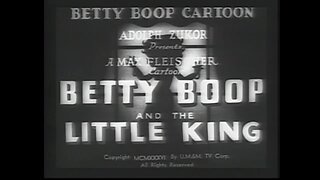 6:12
6:12
Revelatione
5 months ago"Betty Boop and the Little King" (1936 Original Black & White Cartoon)
36 -
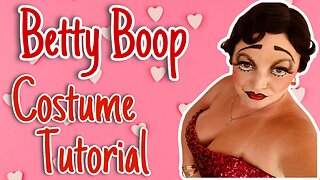 23:05
23:05
CalOWeen
1 year agoBetty Boop costume and make-up tutorial. This is Cal O'Ween!
17 -
![Betty Boop - Minnie The Moocher [1932]](https://hugh.cdn.rumble.cloud/s/s8/1/5/u/n/6/5un6f.0kob-small-Betty-Boop-Minnie-The-Mooch.jpg) 7:46
7:46
rodrigopereira
1 year agoBetty Boop - Minnie The Moocher [1932]
10 -
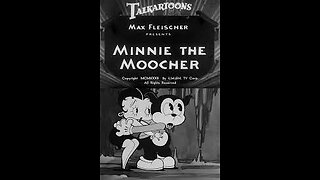 7:46
7:46
Public Domain
1 year agoBetty Boop - Minnie The Moocher
44 -
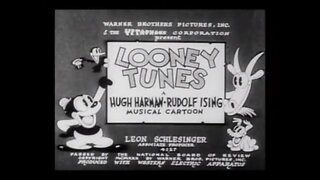 7:52
7:52
Revelatione
6 months ago"Sinkin' in The Bathtub" (1930 Original Black & White Cartoon)
51 -
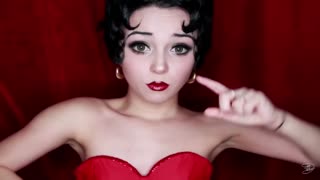 0:58
0:58
GeneLamkin
1 year agoBetty Boop
57 -
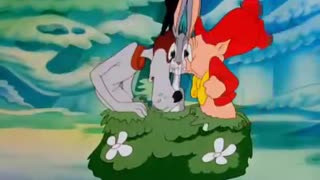 7:58
7:58
Popcoorn
1 year agoA Corny Concerto #popcoorn #cartoon #bugsbunny #daffyduck
18313 -
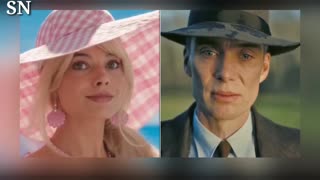 2:15
2:15
Entertainment+StarNews
11 months agoBarbie' How Greta Gerwig and Margot Robbie Brought Barbie Land to the Big Screen Exclusive
21 -
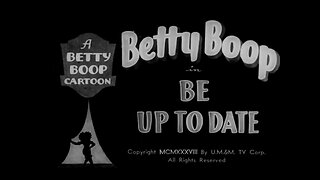 6:04
6:04
Revelatione
5 months ago"Be Up to Date" (1938 Original Black & White Cartoon)
20 -
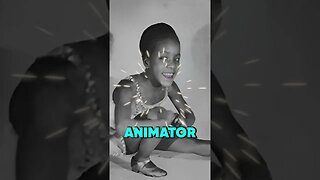 0:46
0:46
Hot For History
1 year agoBetty Boop's Origin: Meet Esther Jones, the Real Inspiration #shorts
19